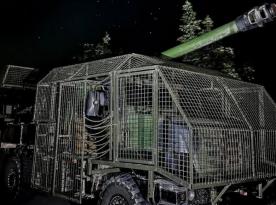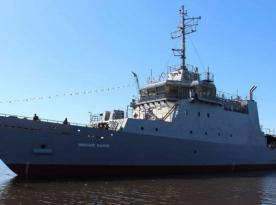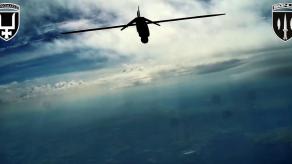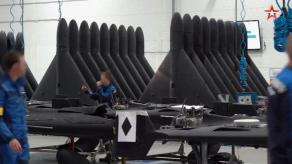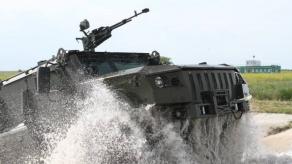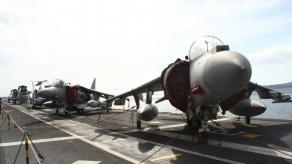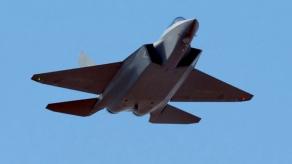During the night of October 16, 2023, russia launched an attack on Ukraine from multiple directions, using ballistic weaponry, cruise missiles and drones. A total of one Iskander-M ballistic missile, five Kh-59 cruise missiles and 12 Shahed-136/131 drones were detected.
There were two distinct reasons that made this incident exceptional: the simultaneous use of missile strikes and the Shahed drone attacks, and the uncommon deployment of so many Kh-59 missiles in a single salvo.
Read more: In Romania, the Wreckage of Another Drone was Found After russia's Attacks on Ukraine
The Kh-59 is a type of air-launched cruise missile designed for tactical aviation and can be used on aircraft such as the Su-24M, Su-30, Su-34, Su-35 and Su-57. There are three basic variants of this missile: the Kh-59, Kh-59M and Kh-59MK2 (in two subvariants). The launch range for these modifications varies from 45 kilometers to 110 kilometers and up to 285 kilometers.
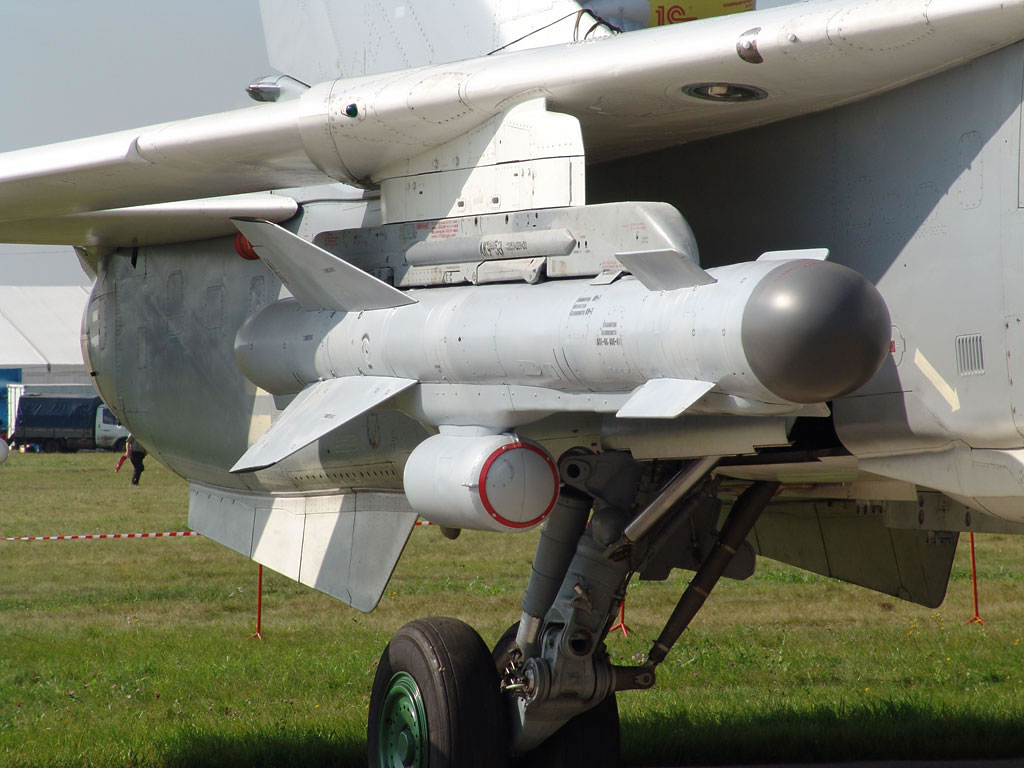
It is highly likely that the russian forces are using the Kh-59MK2 variant for strikes in Ukraine, not only because of its extended launch range but also because its guidance system may overcome the limitations found in the Kh-59 and Kh-59M variants, which are known to be sensitive to fog and rain.
Providing additional characteristics specific to the Kh-59MK2 missile, its fuselage length is only 4.2 meters, wing span is 2.45 meters, the launch weight is 770 kg and the warhead can be either penetrative or cassette-type, weighing 310 kg. Interestingly, the Kh-59MK2 missile is equipped with the TRDD-50B engine, a variant of the TRDD-50 engine also used in long-range russian cruise missiles like the Kh-101 and 3M-14 Kalibr.
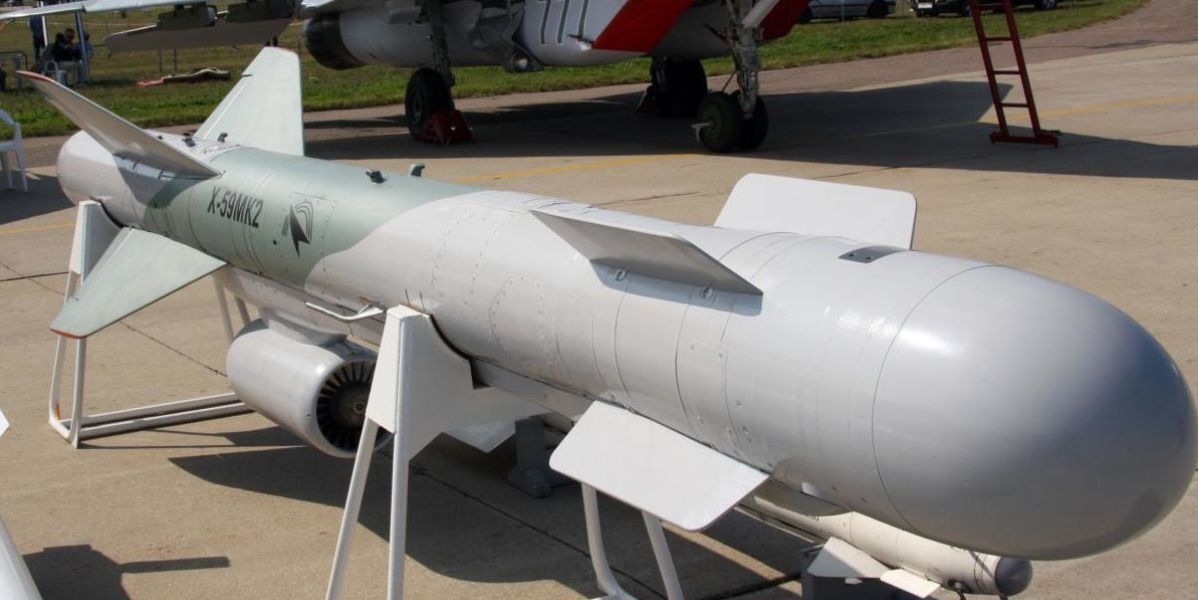
The russians have been using Kh-59 missiles for strikes on Ukraine’s civilian infrastructure since the early weeks and months of the full-scale invasion. For instance, as previously reported by Defense Express, by mid-April 2022, there were already two known incidents involving the use of Su-57 aircraft, which launched Kh-59 missiles at targets within Odesa Sea Port and in Kirovohrad region. In March 2022, Su-35 jets equipped with Kh-59 missiles were employed by the occupiers for strikes on oil depots in Rivne region, resulting in significant damage.

The Kh-59 missile is a small-sized air target, even smaller in fuselage length than the Kh-101 missile (4.2 meters compared to 7.45 meters for the Kh-101). This significantly complicates the task of intercepting Kh-59-type cruise missiles, making each successful interception of such aerial target a remarkable achievement for the Ukrainian Air Defense Forces.
It should be reminded that on October 1, 2023, there was a successful attack on the Smolensk Aircraft Plant, which is one of the key subcontractors in the russian military-industrial complex’s chain for the production of aviation missiles, including the Kh-59 type.
Read more: Are There Any Prospects for Ukrainian Long-Range Missiles in Mass Production






